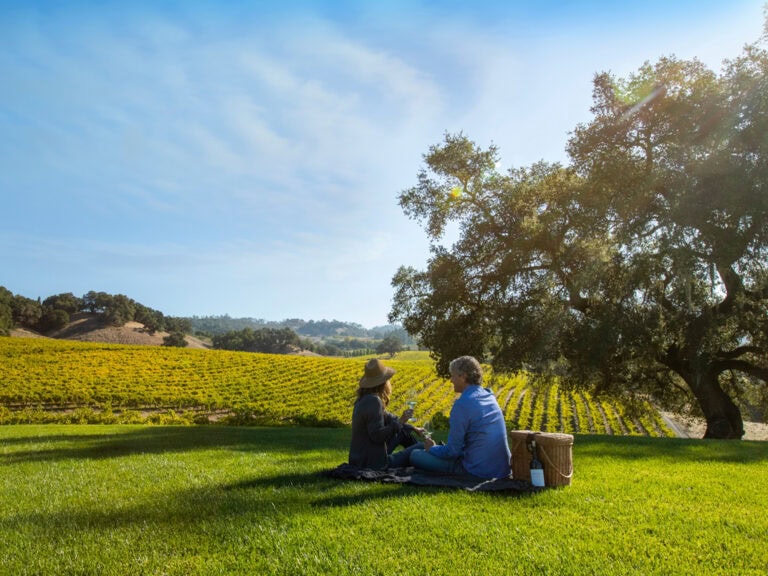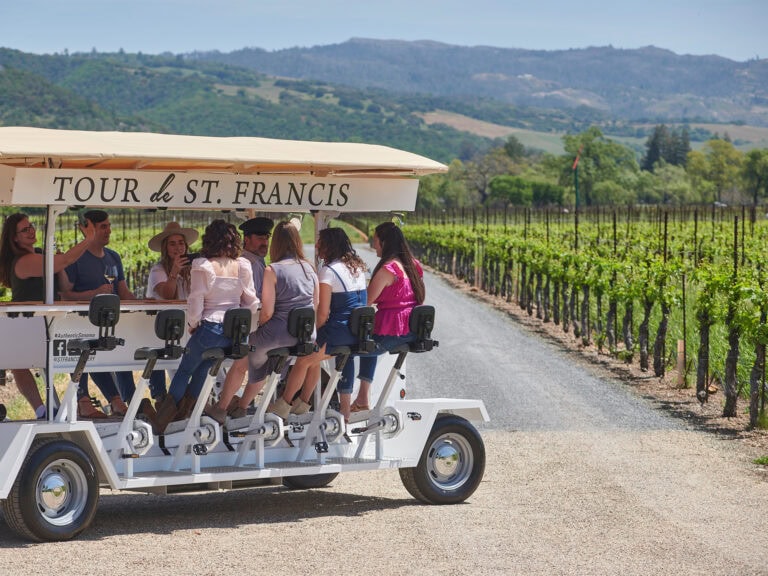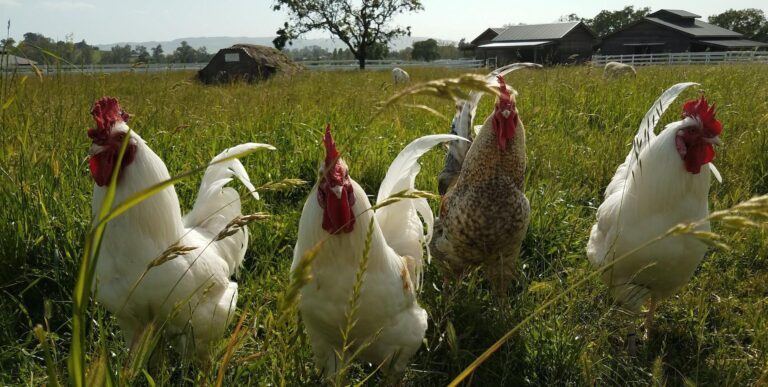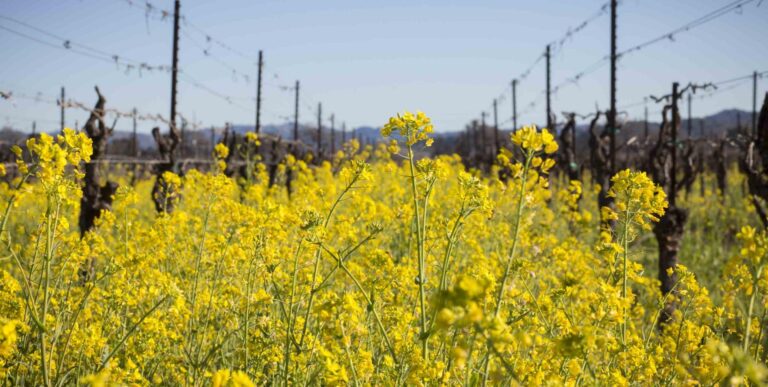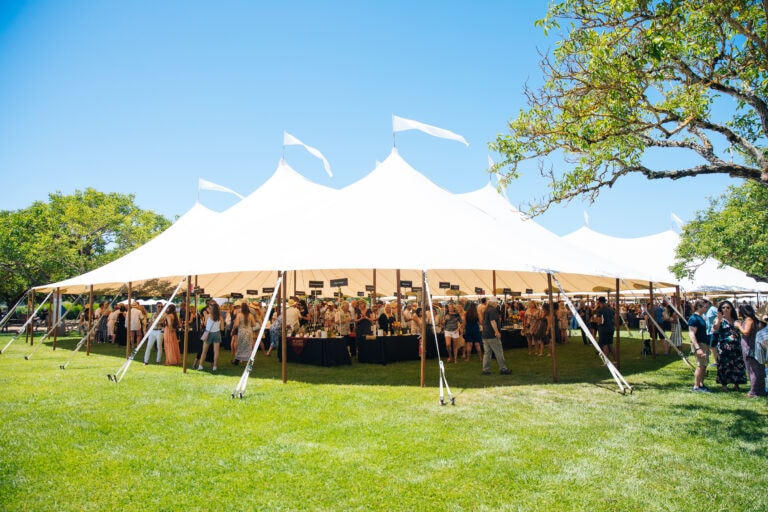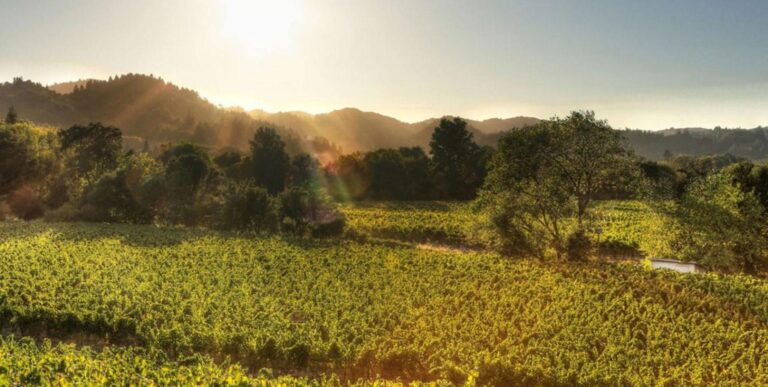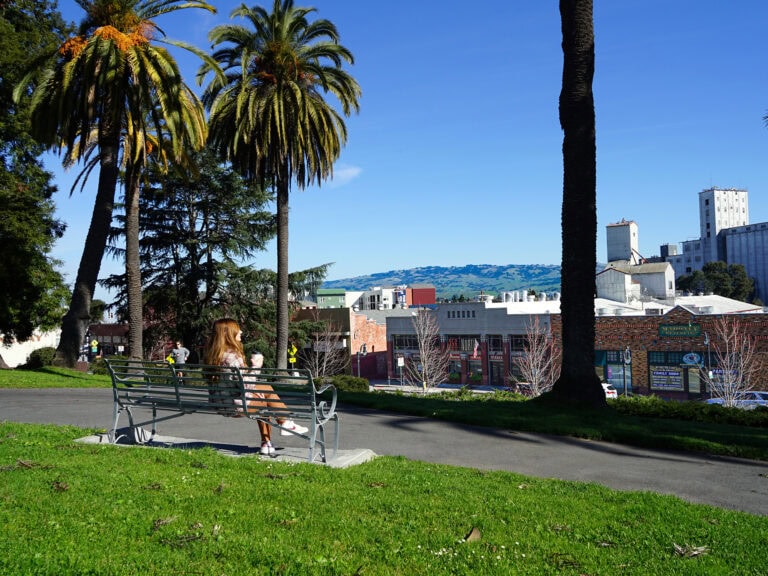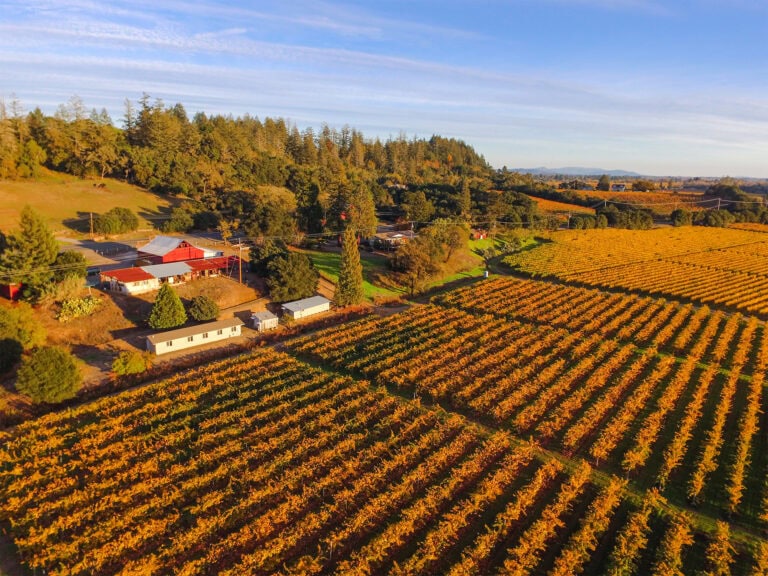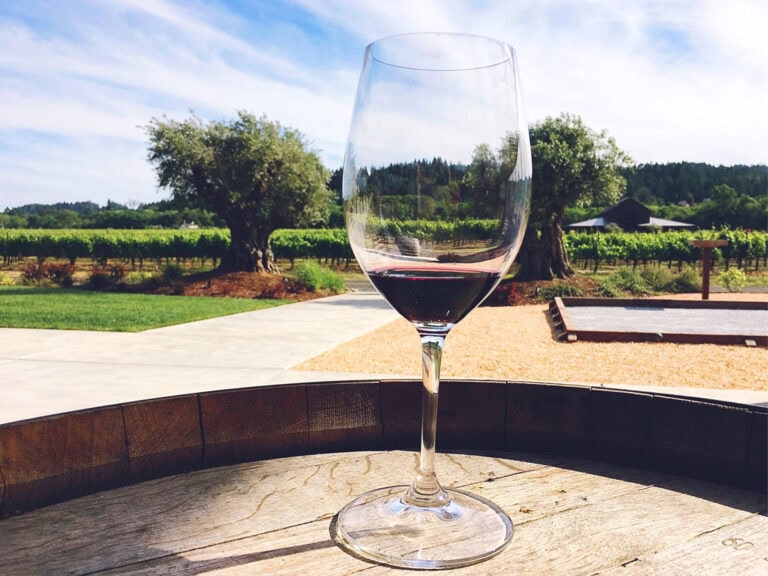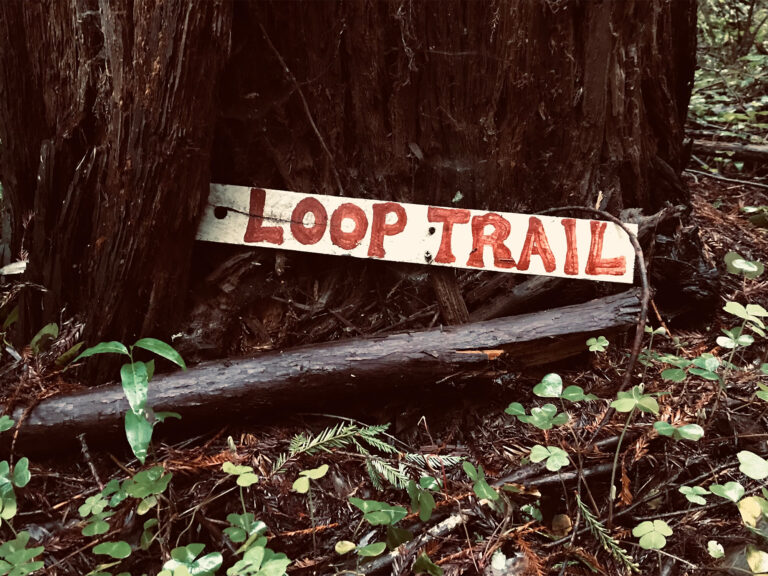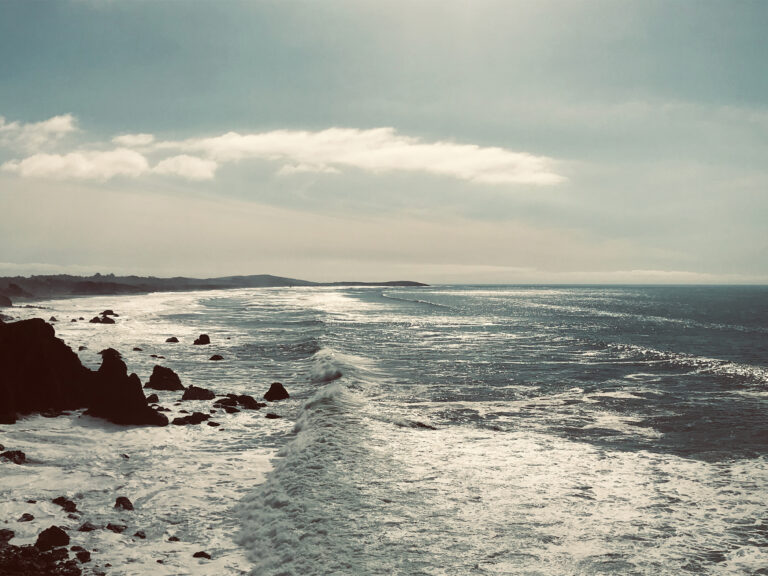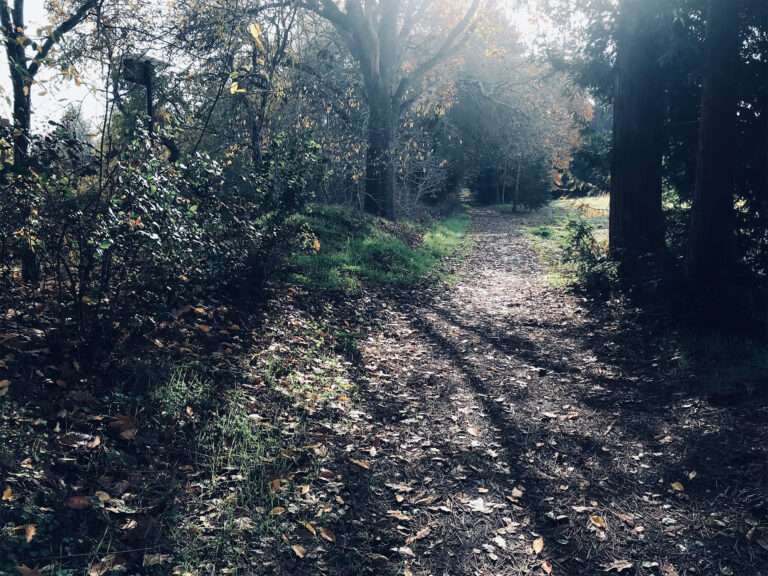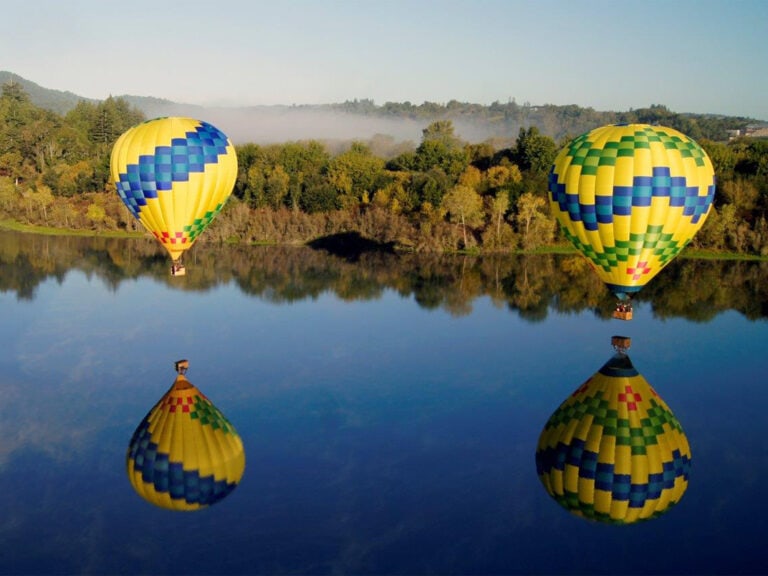The Magic of Mustard in the Vineyards
Every year, towards the end of winter, many Sonoma County vineyards come alive with a brilliant carpet of mustard blossoms beneath the bare grape vines. The landscape is mesmerizing — year after year, the cheery yellow and spring green of these dazzling flowers never fail to bring magic to the scenery.
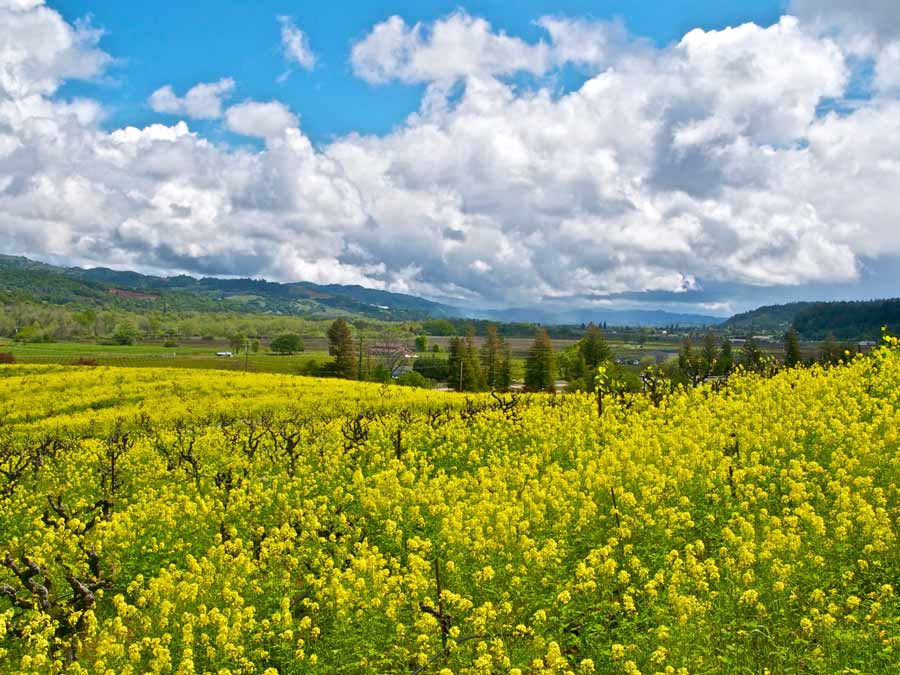
Whether it’s growing wild or planted by thoughtful vineyard managers, mustard is more than just a feast for the eyes, it’s a feast for the vines. Mustard thrives until the grape vines bud. Then, the plants are ready to be used as mulch, providing valuable nutrients and phosphorus to the emerging grape plants.
The practice has deep roots in Sonoma Wine Country. According to legend, a Franciscan missionary first spread the mustard seed while landscaping church properties throughout California. Planting was simple — these early gardeners carried mustard seeds in a sack slung over their backs, and each sack had a small hole, so as they walked, the seeds would scatter.
Where to View Fields of Mustard in Sonoma County
To see the joyful mustard flowers all over Sonoma County, simply pick an area that’s populated with wineries and vineyards, take a peasant drive, and feast your eyes out the car window. Here are some good places to start.
- Mustard blooms flourish near Alexander Valley and the town of Geyserville.
- See mustard along the Russian River on Guerneville Road from Santa Rosa to Guerneville.
- View mustard in Dry Creek Valley from the town of Healdsburg and along Highway 101 to Geyserville.
- A famous mustard spot is along Highway 12 from Santa Rosa to the town of Sonoma in the Sonoma Valley.
- Hiking in Sonoma County’s nature parks, like Sugarloaf Ridge State Park, is a great way to see mustard.
- Check out mustard blooming at the winery estates with this list of free self-guided vineyard walks in Sonoma Wine Country.
Fun Facts About Mustard to Impress Your Friends
- Mustard plants in vineyards help naturally suppress the nematode population (microscopic worms that can damage vines).
- Essentially, the worms don’t like the glucosinolates in mustard, which give a pungent odor and sharp taste.
- Some vineyards work to produce their own ‘extra spicy’ mustard plants with high levels of glucosinolate to deter nematodes further.
- Mustard holds soil in place on hills and, during rain, helps protect against erosion.
- Wild mustard sometimes seems to pop up overnight, and seeds have been known to persist in soil for upwards of 20 years — revived by specific weather.
Tips For Viewing Mustard Up Close
Mustard is a stunning backdrop for your photos, so here are some tips for visiting respectfully:
- Only park on the shoulder or side of the road where it is safe and legal to do so.
- Don’t venture into private lands unless you have permission from the owner.
- Don’t step on, sit on, pick, or otherwise disturb the growing blossoms.
Do share your photos on social media with the hashtag #LifeOpensUp
Together, we can protect and preserve the beauty and natural resources of Sonoma County for generations to come. Check out the Travel Kindly Pledge, our page on Sustainable Travel, and look over the Leave No Trace Seven Principles.
THIS IS WINE COUNTRY.
Share your experience using #SonomaCounty or #LifeOpensUp
